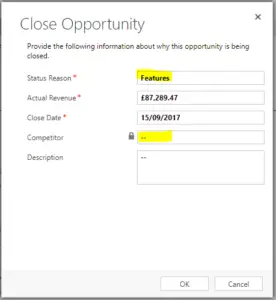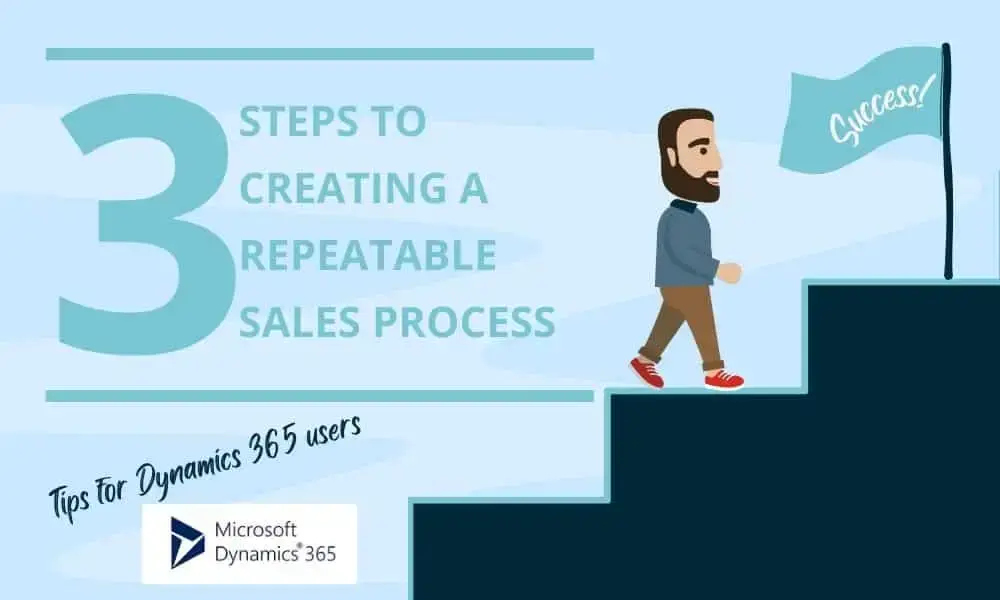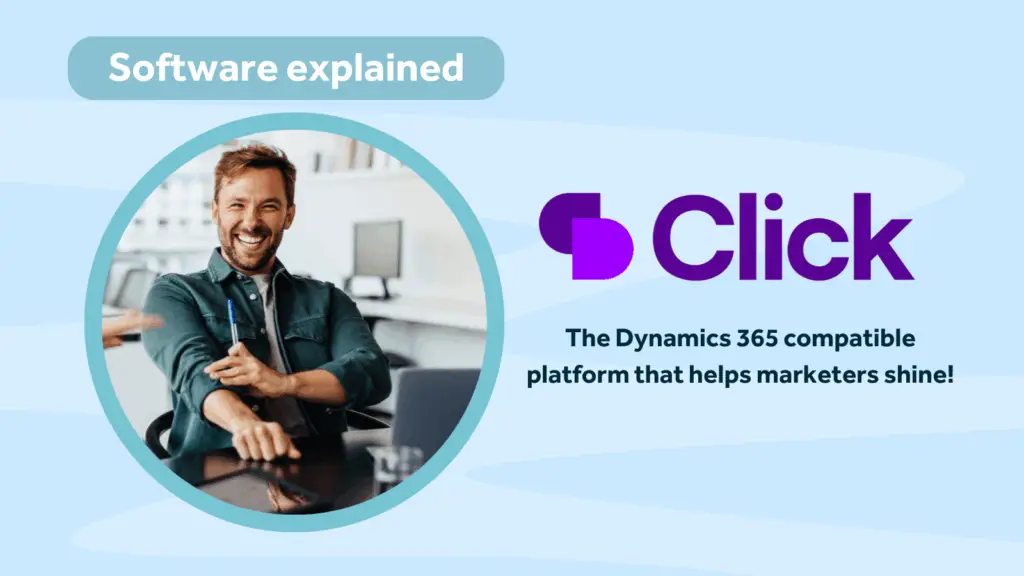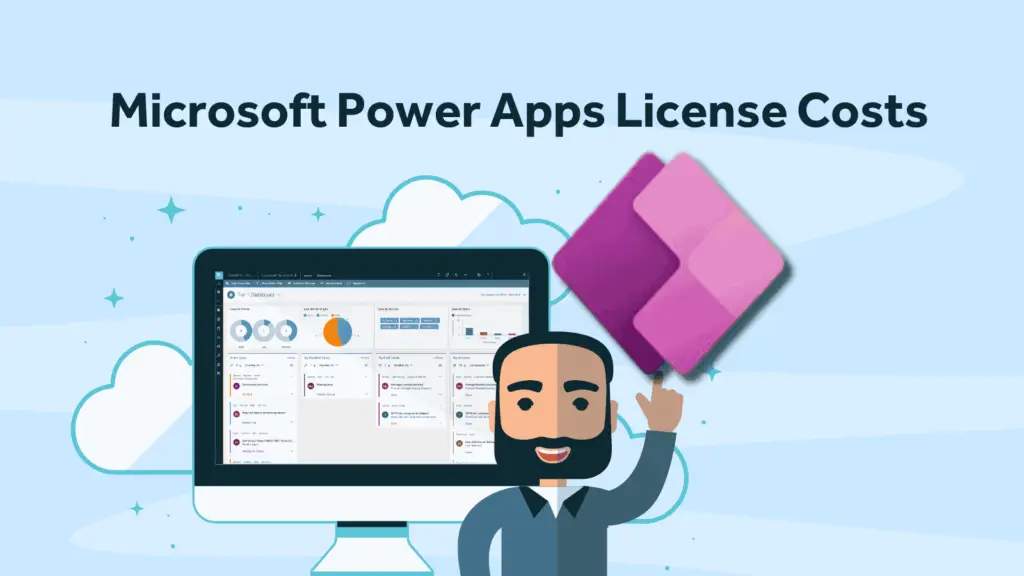Success and growth in business comes from building repeatable and predictable processes. Microsoft Dynamics 365 has been used by big businesses and enterprise corporations for years to build repeatable yet complex requirements. With the rapid rise of Microsoft Dynamics 365 online, more and more small businesses are benefiting from this “best in breed”, low cost and “ready to go” system. Microsoft Dynamics 365 which was always thought of as a “big boys” tool is now available to everyone at an affordable price point. The attraction for small business owners is the fact that the system can be used for sales right out of the box with no configuration and a minimum amount of training.
Companies in the SMB sector have smaller budgets than their corporate cousins and often need to move and adapt quickly. Therefore, the opportunity to on-board rapidly (no installation) and the very flexibly priced licensing structure have great appeal. The huge added advantage of using Microsoft Dynamics 365 is its native integration with Office 365 (which almost everybody uses). Salespeople can interact with Dynamics straight from their inbox. Activities sync seamlessly from Dynamics 365 to Exchange, and there is a really cool (absolutely free) mobile app so that your workforce can stay completely up-to-date while on the road.
Is Dynamics too big a product for small businesses?
The fact of the matter is that for the same price as a very limited simple SMB focused CRM subscription, Dynamics offers all the tools you need to create and improve repeatable processes as and when you are ready and without incurring any extra costs. It’s easy to use just a subset of the functionality to start with and display only that functionality to your users which you want them to see. This means that user adoption is a pleasure and not a chore. Using that logic, it makes sense to go with Dynamics 365 so that it can grow with your business rather than starting out with a limited piece of software, and then having to go through a painful migration project once that becomes too small.
In this post, we will attempt to inspire you to think about how you can turn your sales process into something more repeatable and predictable by using standard out of the box functionality within Dynamics 365.
Creating a repeatable sales process
Step 1 – Segment Your Leads
The key to creating a repeatable and consistent sales process is to first look at what is it your high value clients have in common, identify the attributes of these customers.
For example, your sweet spot might be companies with between 50 to 150 employees; or certain industries; or demographic areas. Once you have identified what is it that makes your ideal client, you need to ensure that you are asking the right questions and that you track this information on your lead capture form.
Microsoft Dynamics 365 for Sales allows you to track Industry, Number of Employees and Territories right out of the box, and even segment the leads based on these attributes or a combination of these attributes. If you have additional field requirements, it’s easy to add new fields so that you or any of your employees can take a phone call from a potential lead and capture the right information from the off.

Step 2 – Use Guided Processes
Another important aspect to track is the product of interest. If you have a range of products you will want to understand the product or product family that might be suitable for the prospect.
Once you have established what that interest or need is, then you will want to tailor all other communication around that product. The earlier you can identify this information, the earlier you can engage the potential customer with relevant collateral.
With Microsoft Dynamics 365 for Sales, you can create an individual guided process for each of your products or product families. If your Lead is interested in Product B for example, you can set Dynamics to automatically show the guided path for that product. The guided path can contain stages (for example, Qualify, Demo, Proposal and Close) and at each stage of the sales process, you might want to collect different information. Whether you want your users to be allowed to move to the next stage if they have not filled out a particular value is up to you. It is very easy to control/gate the stages of the sales process. Note in the screenshot below, we are on the “Qualify” stage. This stage has a number of fields to be populated before the user clicks on the “Next Stage” button on the right-hand side. Guided processes such as this, help to make your sales process predictable, repeatable and easy to understand for new salespeople.

Step 3 – Close with an Inquisitive mind
After every deal you win (or lose), look back and figure out what went right and what went wrong. All too often this self-analysis is overlooked and then we go on to make the same mistakes again and we wonder why we are not closing deals.
If we capture, at the point of Win or Lose, what was the reason that the customer chose us or didn’t choose us – this can go a long way to determining what are our strengths and what are our weaknesses. Was it Price, Level of Service, Product Features or something else?
Make it a habit to always ask the question “Why did you buy with us?” or if you didn’t win ask for some feedback. The small act of appearing humble and asking for feedback on a lost deal has two main benefits:
- You will gain very useful insights on how the outside world sees you and your organisation.
- You will stand a better chance next time because you clearly care about what your customers think.
With Microsoft Dynamics 365 for Sales, you complete the opportunity process by selecting to “Close” or “lose”.
![]()
Once on the wrap-up screen, you are invited to select a status reason for the win or loss. If you lost the opportunity to a competitor, you can track which opposition you lost it to, thereby building up your arsenal of knowledge on your rivals so you can stay one step ahead of them next time.

In summary, to apply a repeatable sales process in Microsoft Dynamics 365 first you should analyse your existing data to determine who you should be going after and make sure you ask the right questions. Secondly, adopt a specific sales approach for each product line rather than a generic one across all products. Lastly, gather feedback in order to be able to go back and make continuous improvements. Further posts will look at how we can start to automate things a little to do some of the heavy lifting for you.
About Rocket CRM
Rocket CRM is a Microsoft Dynamics 365, and a platinum Click accredited partner, helping small to medium-sized businesses and charities harness the power of scalable CRM technology. Our mission is to make powerful CRM software simple with custom-built, user-focused solutions.
Website: rocketcrm.co.uk
Podcast: RocketPod
Social: LinkedIn




